These popular topics are heating up. Explore today's most viewed pages.
This was a slow season overall, with the 6,243 migrant raptors counted making it the second lowest (or eighteenth highest?) season in count history. Raptor diversity was about as expected, with 19 species over the course of the season. The Hawkwatch was open for about 725 hours this season. The passage rate of raptors was 8.6 per hour of counting.
According to records available to me our only record high count that was set this season was with the total of 4 Ferruginous Hawks. Record low counts for the Hawkwatch include season totals for Red-tailed Hawk, Rough-legged Hawk, and Golden Eagle. Events such as the fires to the west as well as warmer fall temperatures may have contributed to differences in numbers this season. As we all know, even though it's undeniably very fun to have tons of busy migration days, zeros (or in this case low numbers) are data too! The reduction in numbers of raptors coming by the tower in recent years is very interesting, and it will be fascinating to see what the numbers do in the coming years. Keeping track of changes over the passage of time is what hawkwatching is all about!
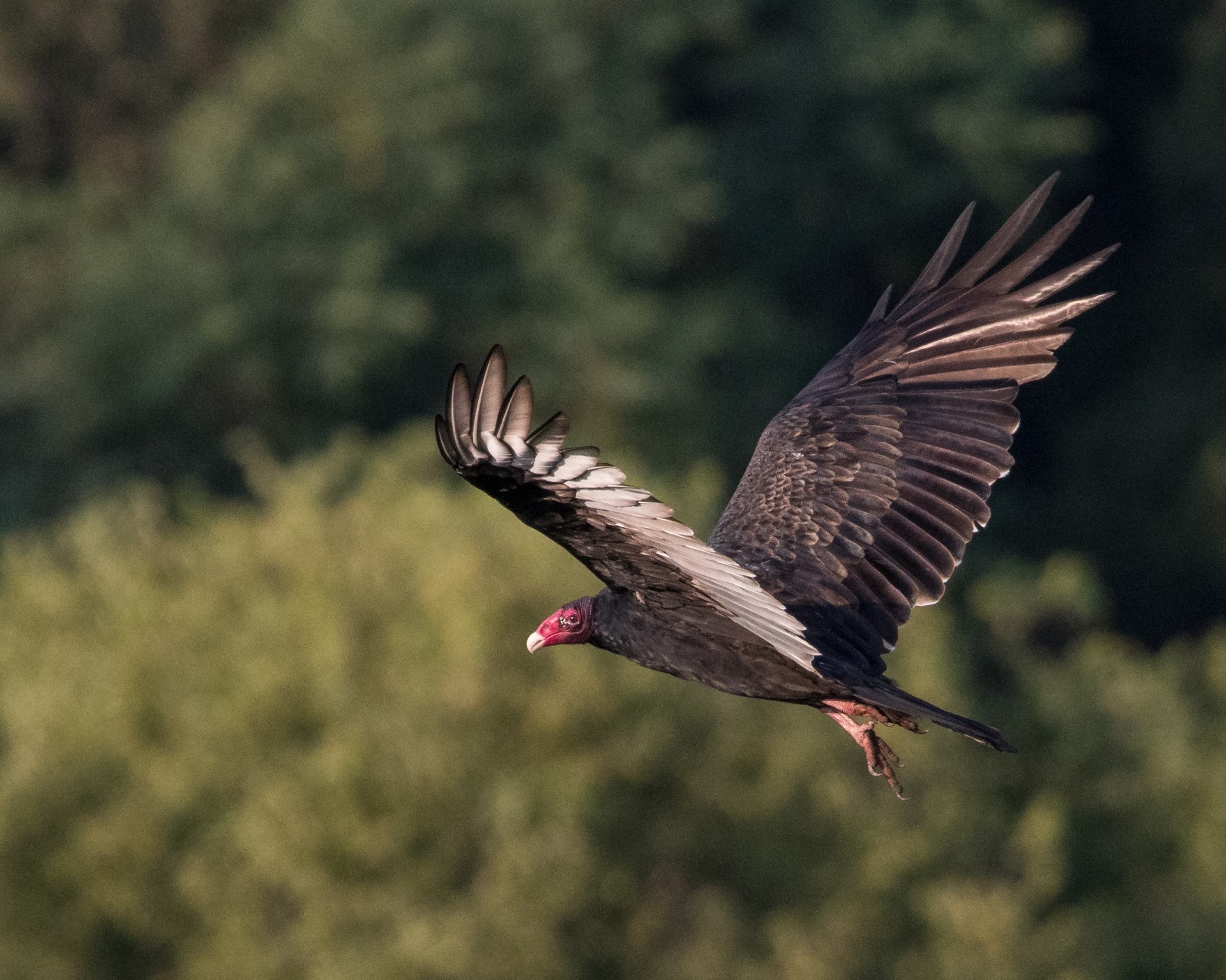
Turkey Vulture - Season total: 3,468. This was a good year for Turkey Vulture numbers. This species was one of two recorded in above average numbers this season. First detection was on the first day of counting and last detection was on 10/24. Highest count of the season was 10/5 with 309 migrants.
Osprey - Season total: 93. Slightly below historical average. First detected on the first day of the count and last detection was a fairly late bird on 11/21 with a high count of 11 birds on 9/22.
Bald Eagle - Season total: 545. About 70% of the historical average. Possibly the weather didn't turn up north drastically enough to convince these birds to move early? First detection first day of the count and last detection on the last day of the count. Best Bald Eagle day of the season was on 11/15 with 110 migrants counted.
Northern Harrier - Season total: 88. About 40% of the historical average. First counted 9/6, last counted 11/27. Peak day of the season was 10/26 with 11 migrant harriers.
Sharp-shinned Hawk - Season total: 237. About 28% of the historical average. Incidentally the total for this year is exactly the same as the all time single day record total for the site from 2009. That must have been a very fun day! First counted on the first day of the count, last counted on 11/28. Highest count of the season was 27 birds on 10/10. Second lowest season total ever.
Coopers Hawk - Season total: 170. About 71% of the historical average. First counted on the second day of the count and last counted on 12/5. Highest day of the season was 9/28 with 19 migrant Coopers Hawks. Third lowest season total ever.
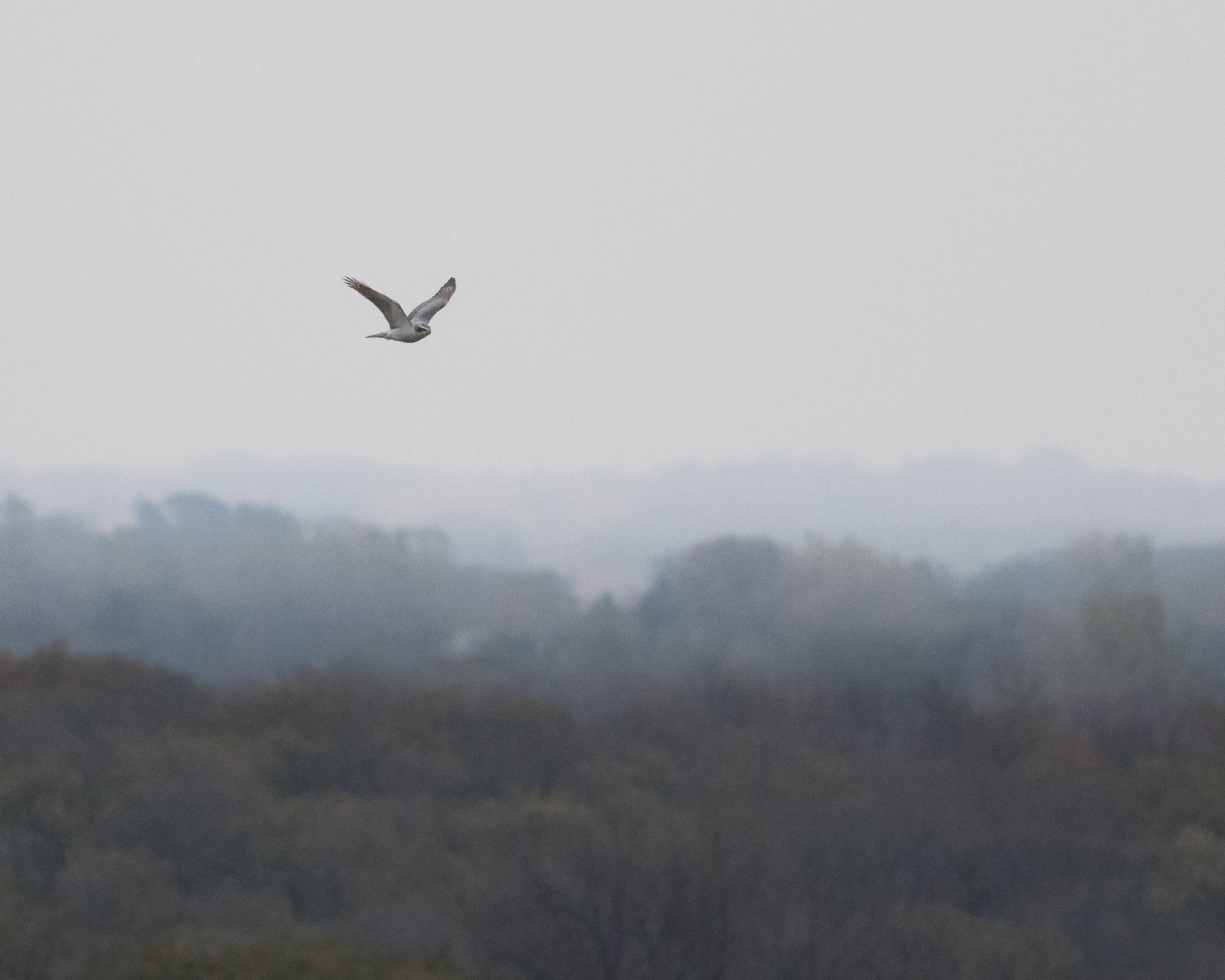
Northern Goshawk - Season total: 2. 40% of the historical average count. First counted on 10/21, last counted on 10/25. Both birds were photographed and both were adults.
Red-shouldered Hawk - Season total: 3. 60% of the historical average count. First counted on the first day of the count, last counted on 9/22.
Broad-winged Hawk - Season total: 398. 54% of historical average count. First counted on the first day of the count and last counted on 10/1. Peak flight was on 9/23 with 118 individuals.
Swainsons Hawk - Season total: 206. 21% of the historical average but highest total for this species since 2014! First counted on 9/7 and last counted on 10/17. Peak flight was on 9/30 with 119 individuals.
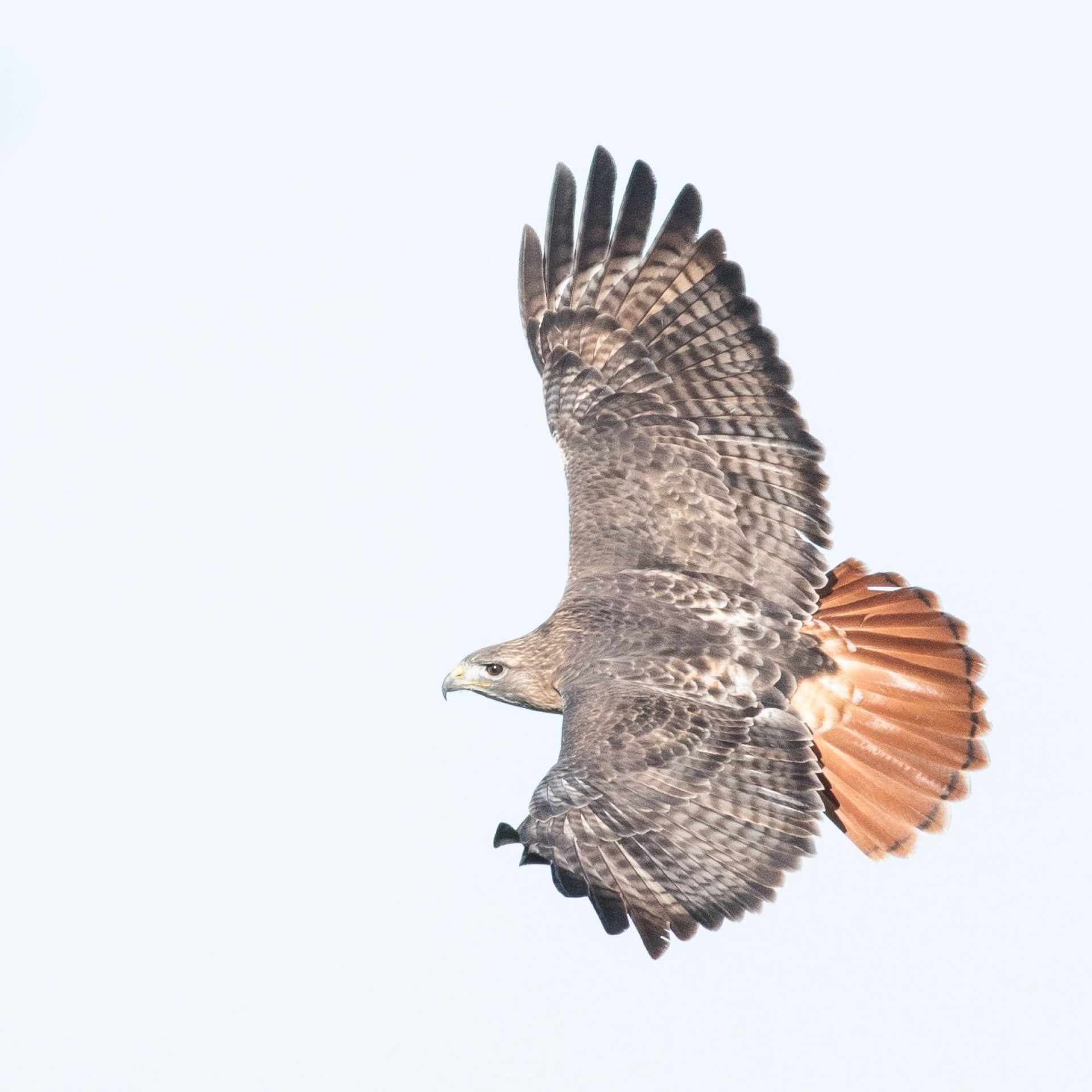
Red-tailed Hawk - Season total: 819. 32% of the historic season average. First counted on 9/2, the second day of the count and last counted on 12/12, the second to last day of the count. Peak flight day was on 11/1 with 48 Red-tailed Hawks counted as migrants. This was a record low year for this species, possibly attributable to “short stopping” where these birds winter nearer to their breeding grounds and thus are migrating less. Incredibly enough, the single day record at Hitchcock for this species (933 on 10/23/2009) is 14% higher than what was counted this entire season! Something interesting is going on with Red-tailed Hawk migration.
Rough-legged Hawk - Season total: 11. 42% of the historical average. Also a record low. First counted 10/23, last counted 12/8. Again, our season total was less than the highest day total ever here (14 individuals on 12/12/2010).
Ferruginous Hawk - Season total: 4. Double the historic average, making our only record high of the season & making them only the second of two species to reach or surpass their average numbers! Previous season high was 3 in 2013. Moving earlier than we'd typically expect this species (perhaps in relation to the fires in the west this year?), all Ferruginous Hawks counted this season moved through in late September. First counted on 9/27, peaking at 2 individuals on 9/28, and last counted on 9/30.
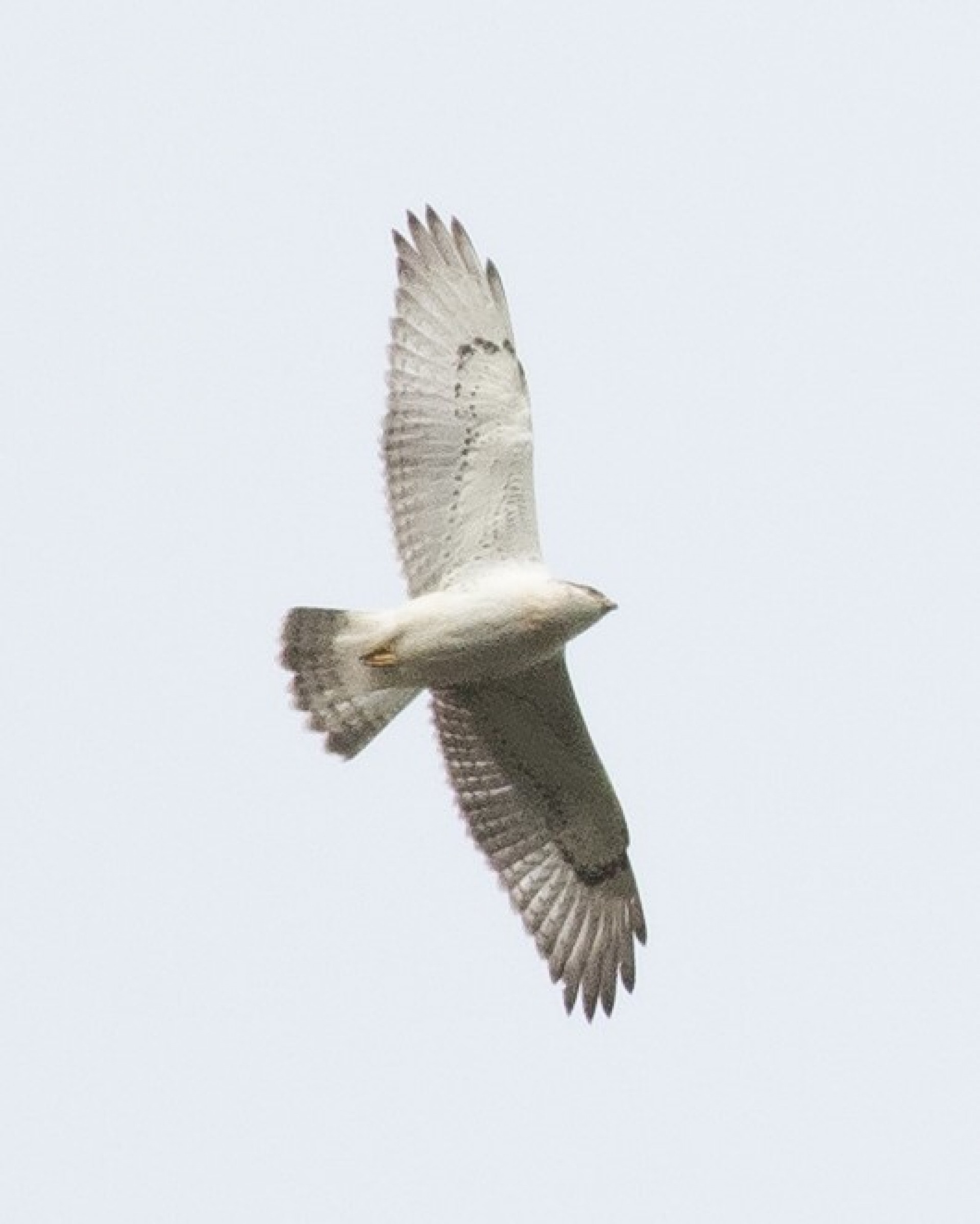
Golden Eagle - Season total: 8. Another record low, 44% of the historic average. First counted on 9/28 and last counted on 12/5 with a peak of 2 individuals on 10/24.
American Kestrel - Season total: 90. 89% of the historic average. The season marked the highest count of this species since 2013. First counted on 9/4 and last counted 10/12 with a peak of 22 migrants on 9/26.
Merlin - Season total: 28. 67% of the historic average. First counted on 9/7 and last counted on 11/26 with a peak of 4 individuals on 9/26. Both Taiga and Prairie subspecies were noted, with the Prairies seeming to show up later in the count.
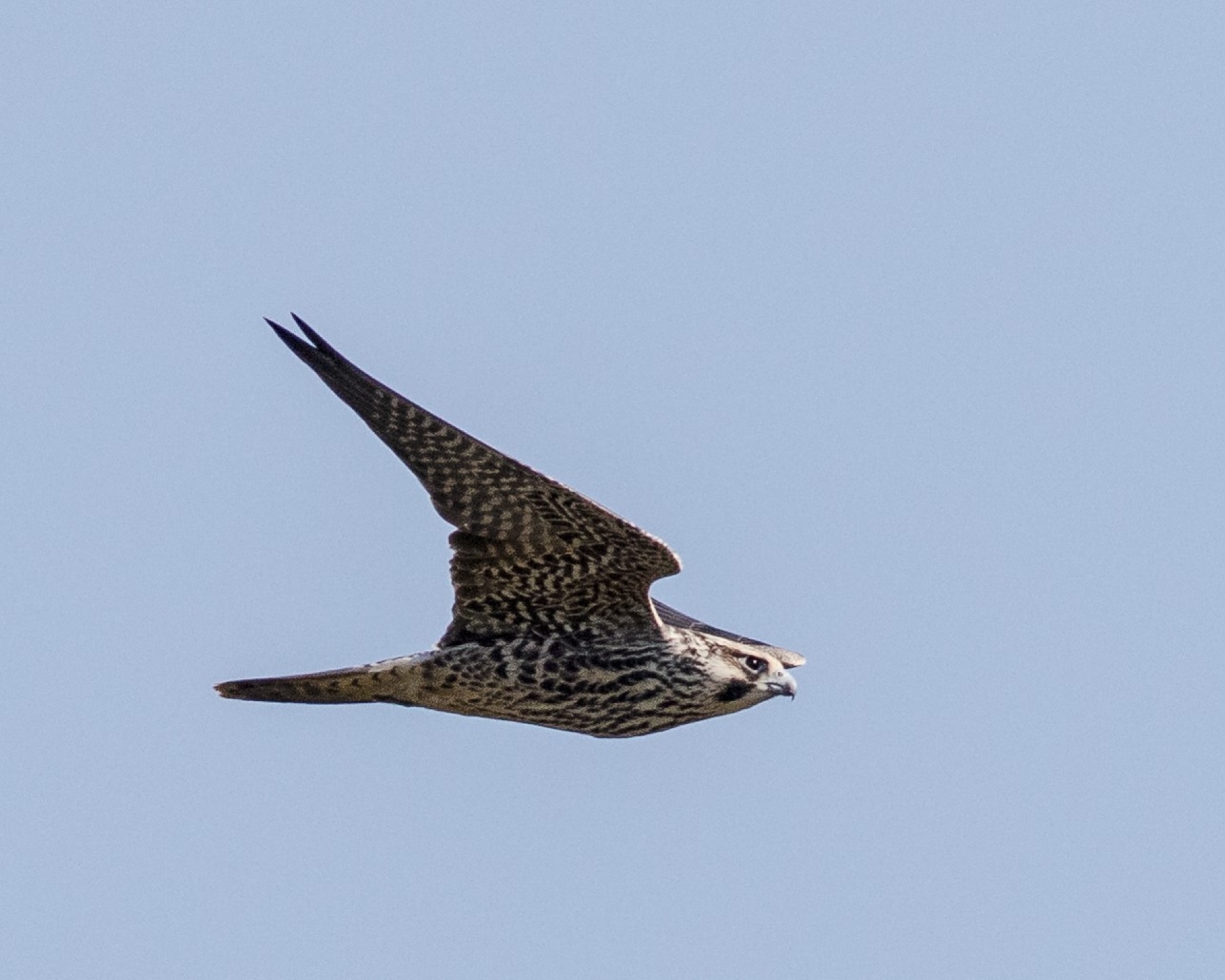
Peregrine Falcon - Season total: 31. First counted on 9/6 and last counted very late in the season for this species on 11/19 the peak occurred on 10/6 with 4 migrants counted.
Prairie Falcon - Season total: 1. 33% of the historic average. The only Prairie Falcon counted this year showed up a bit earlier than expected on 10/9. Tied for record low.
Mississippi Kite - Season total: 3. 43% of the historic average. All 3 individuals were counted on 9/24. It's likely that at least a few of this early migrating species flew past the count site before the count officially started as there were reports of birds in the area before 9/1.
Unidentified - Season total: 38. 11 unidentified accipiters, 18 unidentified buteos, 1 unidentified eagle, and 8 unidentified raptors were counted migrating past Hitchcock in this season.
1 Common Loon
17,507 American White Pelican
7,398 Double-crested Cormorant
7 Great Blue Heron
7 Trumpeter Swan
1,334 Canada Goose
61 Cackling Goose
10,536 Greater White-fronted Goose
16 Ross's Goose
67,743 Snow Goose
494 Mallard
50 Gadwall
52 Northern Pintail
10 American Wigeon
4 Northern Shoveler
11 Lesser Scaup
30 Sandhill Crane
84 American Golden Plover
4 Bonapartes Gull
3,524 Franklins Gull
537 Ring-billed Gull
40 Black Tern
1 Black-billed Cuckoo
683 Red-headed Woodpecker
12 Red-bellied Woodpecker
26 Northern Flicker (1 intergrade!)
3 Eastern Kingbird
4,679 Blue Jay
9,557 American Crow
17,080 American Robin
47 Eastern Bluebird
206 Cedar Waxwing
80 Yellow-rumped Warbler
541 Monarch Butterfly
Notable around Hitchcock this fall: On 11/10 after an ice storm, 3 flocks totaling 84 of what appear to be American Golden Plover were photographed moving south. Also seen from the tower: Horned Lark, American Pipit, Lapland Longspur, Red Crossbill, Red-breasted Nuthatch, Purple Finch, Pine Siskin, Common Redpoll, Northern Shrike, and Spotted Towhee. I had a nocturnal flight call recorder set up near the campground and recording sporadically and detected Clay-colored and Nelsons Sparrows (among other species) migrating on the night of 11/12.
Bird lists from every day I was around (on the tower as well as general Hitchcock birding) are viewable here: https://ebird.org/hotspot/L70754
The hawkwatch wouldn't be possible without the incredible support of the volunteers as well as Pottawattamie County Conservation and everyone involved deserves a big pat on the back! Here's to many more years of Hitchcock Hawkwatching!